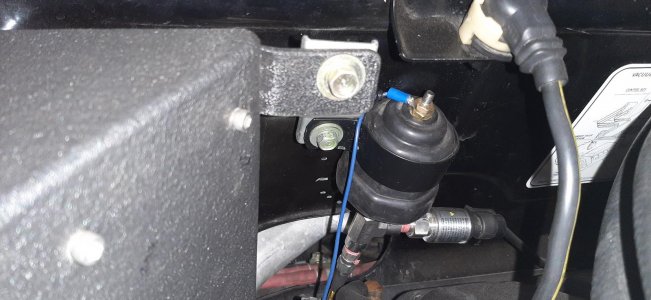Reading the posts about low oil pressure indications and the service bulletin here : http://www.nsxprime.com/tsb-91-008/
Seems the part number 37245-PR7-002 is no longer available.
Anyone know of another unit that would properly drive the gauge. Splicing wires into a connector shouldn't be difficult so there must be some part that would do the job. I read zero pressure when idling hot.
Thanks,
Russ
Seems the part number 37245-PR7-002 is no longer available.
Anyone know of another unit that would properly drive the gauge. Splicing wires into a connector shouldn't be difficult so there must be some part that would do the job. I read zero pressure when idling hot.
Thanks,
Russ










